Findings confirm the need for ongoing support

One of the most challenging tasks for new critical care nurses can be interpreting electrocardiogram (ECG) rhythm strips and deciding on appropriate interventions when abnormalities are found. Nurses may recognize, for example, that an ECG tracing indicating a highly irregular rhythm, unmeasurable heart rate and no P waves points to ventricular fibrillation. But what’s the best way to treat the patient?
Advertisement
Cleveland Clinic is a non-profit academic medical center. Advertising on our site helps support our mission. We do not endorse non-Cleveland Clinic products or services. Policy
A few years ago, Cleveland Clinic began offering an eight-hour blended learning ECG class as part of its nurse orientation program. Half of the class is a self-directed online module with quizzes and practice sessions. It’s followed by a four-hour instructor-led workshop, where participants review different rhythm strips and discuss interpretations and possible interventions. The course is designed not just to meet competency requirements, but also to help nurses become more comfortable reading ECG strips.
Soon after the blended learning course was implemented, two nurse educators decided to study the success of the class. “We wanted to see how well nurses maintain their knowledge and interpretation skills after passing the examination that follows the initial class and how well they are able to voice their responses to ECG changes in a clinical setting,” says Nancy Kanyok, MSN, RN, CNS, education nurse specialist at Cleveland Clinic’s main campus.
Kanyok teamed with Carol Ann Brooks, BSN, RN, CCRN-K, CSC, clinical instructor for critical care at Cleveland Clinic’s main campus, to conduct a research study entitled “ECG Knowledge and Work Retention Following a Blended Learning ECG Course.”
Kanyok and Brooks began with a literature review. “There wasn’t a lot in the literature about how nurses retain knowledge,” says Kanyok. “But we know it’s very important for nurses, especially at Cleveland Clinic where we have many very critically ill patients. Our nurses must be able to quickly and correctly identify any abnormalities on an ECG rhythm strip, and they must react in a timely manner.”
Advertisement
Research participants were selected from nurse orientation cohorts. At the end of the ECG class, nurses take a 50-question multiple choice test and must receive 80 percent or higher to pass. Kanyok and Brooks asked nurses who passed the test on the first attempt to join their study: 69 nurses participated. There were two basic parts to the research:
The study results have been accepted for publication in the American Journal of Critical Care and will likely appear in the January 2016 issue. Compared to the post-course examination, eight-week assessment scores were significantly lower. Nurses were able to interpret ECG rhythm strips and they recognized the type of abnormality, but they often fell short in suggesting interventions.
Advertisement
“They would identify an abnormality in the patient’s rhythm and provide the right ECG measurements (QRS width, PR interval, etc.). They were knowledgeable in identifying the dysrhythmia,” says Brooks. “But they weren’t able to fully apply appropriate interventions. They still needed a lot of guidance from coaches and preceptors, as well as support on the unit in managing and treating rhythms.”
The results are meaningful because they point to the necessity of ongoing training and mentoring. “ECG interpretation is not a skill you learn overnight. It’s an ongoing competency,” says Brooks. “Coaches need to work with bedside nurses throughout their whole first year on how to identify rhythms, how to intervene and how to become more comfortable and confident in decisions and the speed with which they must take actions.”
Advertisement
Advertisement
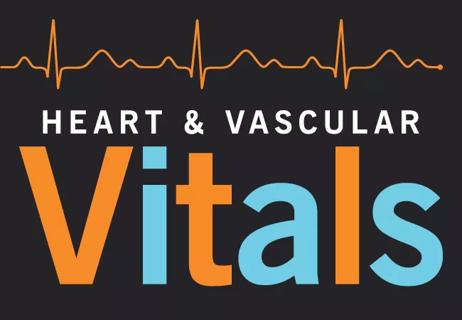
A sampling of outcome and volume data from our Heart & Vascular Institute
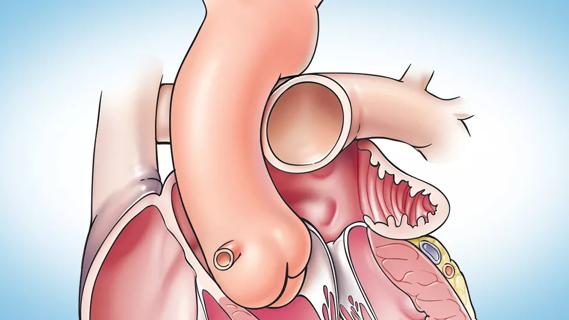
Concomitant AF ablation and LAA occlusion strongly endorsed during elective heart surgery

Large retrospective study supports its addition to BAV repair toolbox at expert centers
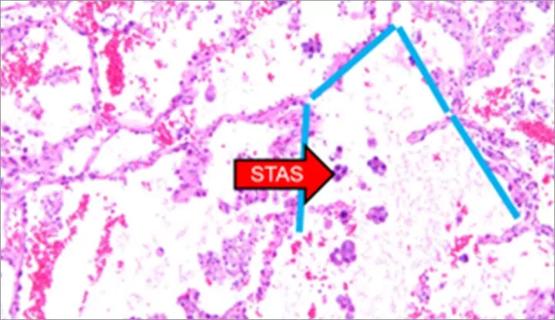
Young age, solid tumor, high uptake on PET and KRAS mutation signal risk, suggest need for lobectomy

Surprise findings argue for caution about testosterone use in men at risk for fracture
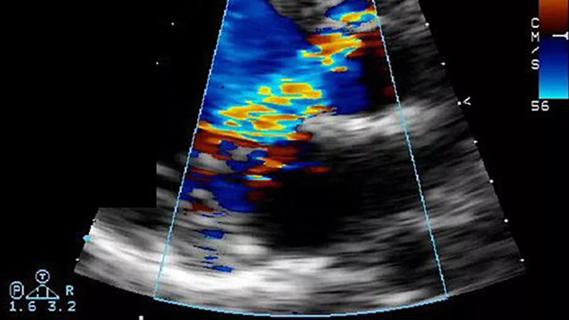
Residual AR related to severe preoperative AR increases risk of progression, need for reoperation

Findings support emphasis on markers of frailty related to, but not dependent on, age
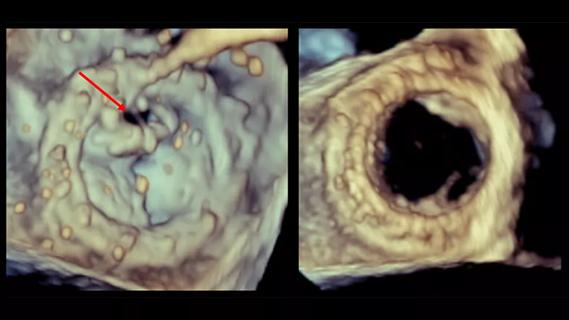
Provides option for patients previously deemed anatomically unsuitable